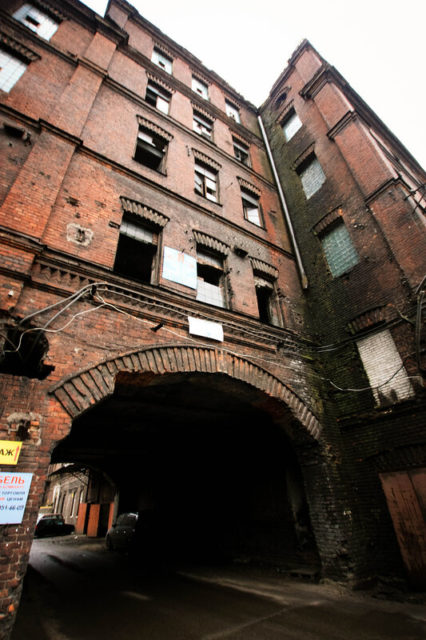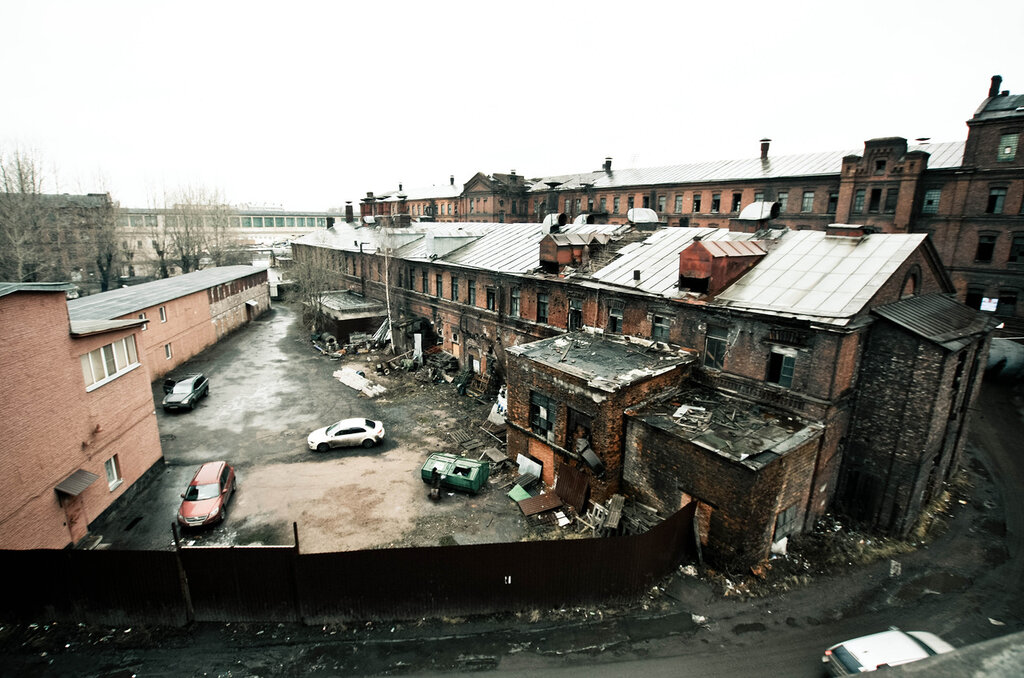The very first factory for the production of rubber products in Russia was a factory called the “Red Triangle” in St Petersburg.
The huge industrial complex consists of many red brick buildings and is located on the embankment of the Obvodny Canal, 138.
The history of the plant begins in 1859. In that year, a member of the American rubber industry, Ferdinand Krauzkopf, visited Russia with the intention of exploring the commercial market.
He realized that the rubber industry in Russia was developing rapidly and it definitely needed rubber products.
Krauzkopf managed to convince Russian merchants that building a Russian rubber industry would bring many benefits and great profit. Those he convinced became his partners and invested money in his project.
In the summer of 1859, some of the money was used to lease a plot of land on the Obvodny Canal embankment. The plant was named Triangle because of its layout and shape.
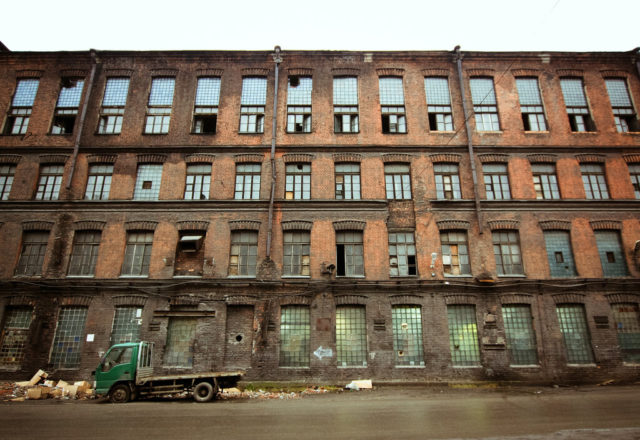
In 1860, the first rubber factory in Russia began operating. The plant was initially set up with equipment imported from overseas, and craftsmen were hired from Germany. The industrial process followed was exactly the same as the process in America at that time.
In August 1860, the first products manufactured at this factory appeared on sale, and the rubber industry in Russia began to develop quickly. The operating business was called the Partnership of the Russian-American Manufactory.
The next year, in St Petersburg, the Partnership took part in the Manufactory Exhibition and won a silver medal for the high quality of its products. In doing so, it proved that it had outperformed many strong competitors, such as the existing Kirshtein company.
The Partnership went on to receive many further awards and gold medals not only at Russian exhibitions but also at international ones.
It received the title of “Supplier of the Court of His Imperial Majesty.”
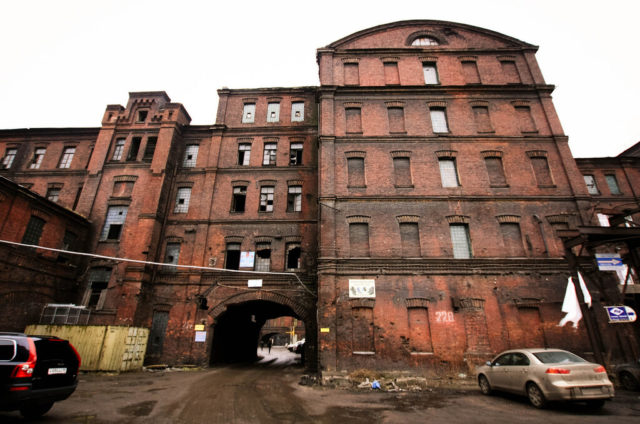
Kirshtein’s company began to feel the increasing pressure of competition it couldn’t live up to, and in 1863, the company merged with the Partnership.
It wasn’t long before the factory began to export its products to Europe.
In 1865, the Moscow Manufacturing Exhibition gave the Partnership the right to label products with the state emblem, which would indicate that the product was of an excellent quality.
The factory mark of the Partnership was a triangle with the abbreviated name of the Partnership inside (TRARM), the year of establishment of the Partnership (1860), and also the place of production (St Petersburg).
In 1908, the Partnership decided to change its name to correspond with its triangular trademark.
This was because, as the Board explained in a paper to the Finance Ministry, “the triangle… catches the eye of an illiterate buyer.” As such, the Partnership became the Triangle company.
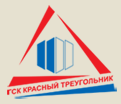
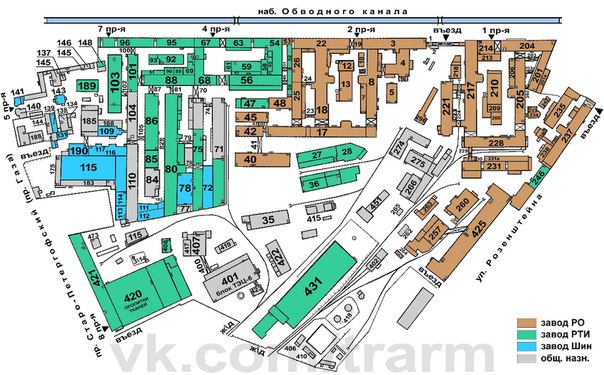
Records indicate that in the first 50 years of the plant’s operation, about 280 million pairs of rubber boots were produced.
This allowed the Partnership to become one of the largest manufacturers of rubber products in the world. The plant also produced rubber cushions and mattresses, as well as waterproof clothes and products for heavy industry.
During World War I, the plant became a supplier of rubber for vehicles and aircraft, and it also produced gas masks and car tires.
After the war ended in 1918, the Partnership of the Russian-American Rubber Manufactory was nationalized.
In 1918, the Partnership changed its name to State Rubber Plant No. 1 Triangle. In honor of the Fifth Anniversary of the October Revolution, the company added the word Red to the name and became known as the Red Triangle.
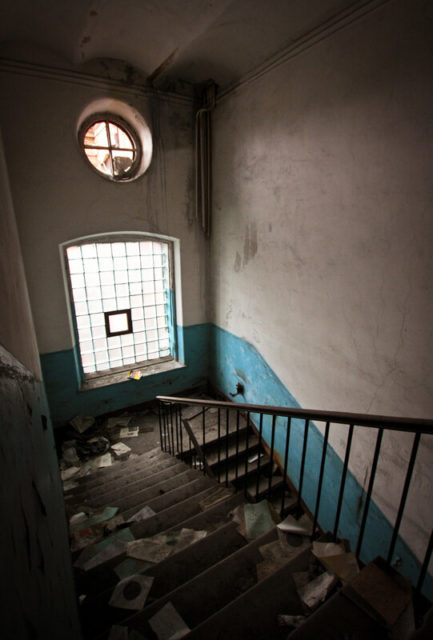
Demand for rubber products was much higher than supply, and consequently, the factory employed various techniques to increase collective productivity.
In 1927, a conveyor appeared in the plant as an experiment. The outcome was positive, so by 1929, several workshops of the Red Triangle factory were equipped with conveyors.
After this, production reached a whole new level, and output increased several times over.
In 1930, the Red Triangle plant was reorganized into the Leningrad Tire Plant.
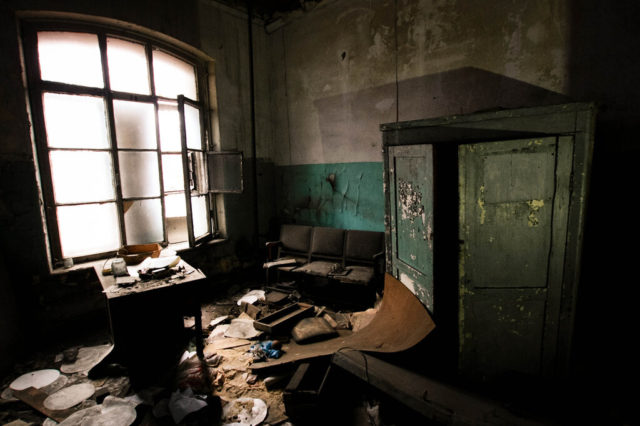
All rubber was brought from abroad, which slowed down production quite a bit.
Due to the lack of the primary raw material, a decision was made to replace natural rubber with artificial to allow the industry to continue developing. Consequently, by 1932, synthetic rubber production had been introduced.
As a result of the bombing during the war in Leningrad, most of the buildings of the Red Triangle were destroyed, and some were partially damaged.
After the war, the plant was rebuilt and the company took the opportunity to introduce new technological processes – such as a new rubber injection molding workshop.
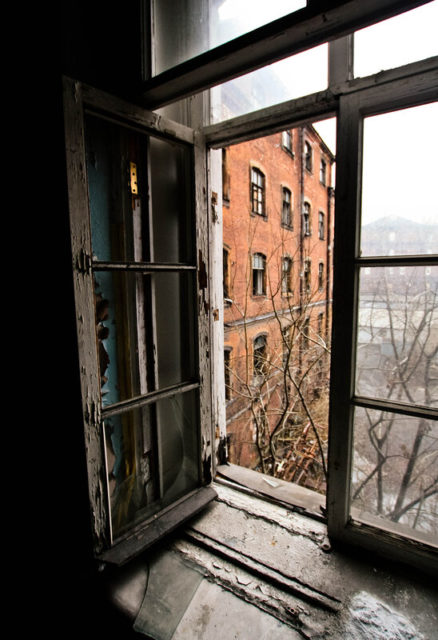
The authorities of Leningrad created a list of nine specialized production associations in 1962. It included the Red Triangle among the remaining eight enterprises of the leading industries of Leningrad.
The plant and its buildings began to show signs of needing serious reconstruction in the early 1970s. A plan was developed, which was designed to ensure that production did not stop during the reconstruction. The plan was supposed to be implemented within 10-15 years.
However, the reconstruction was delayed, and the plant was in a difficult position by the beginning of perestroika in the 1990s. Ultimately, the state of the market would lead the company into bankruptcy.
In the 1990s, the company was transformed into a joint-stock company, hoping for the best, but in 2000, the Federal Tax Police Service seized the assets of the enterprise.
In May 2001, a bankruptcy case was initiated against the company for a debt of 260 million rubles. By July 2002, the company had been declared bankrupt by the Arbitration Court of St Petersburg and the Leningrad Region, Russia.
As a result, the company was liquidated by force, and most of the factory was mostly abandoned.
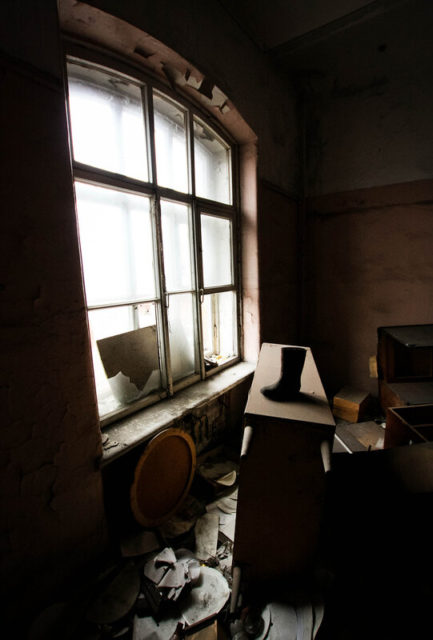
However, there are still several places left in this industrial area where small businesses carry out the production of rubber shoes. Sadly, their output is very small as fashion now favors plastic shoes instead of rubber ones.
Some premises on the site are rented out as offices or various studios. GSK Red Triangle, one of the leading Russian manufacturers of conveyor belts, operates from here as well,
There is a project to transform the abandoned industrial zone into a center for underground and rock culture. There are plans to convert abandoned workshops into exhibition and concert halls. Russia is good at that.
In 2009, the design of the Triangle Art Center began. Today, visitors to the site can find various workshops, cafes, and photo studios.
The beautiful photographs below belong to Alexey Grachev and his LiveJournal account and are provided for use in this article with his permission. A big thank you to Alexey Grachev and do enjoy his work!
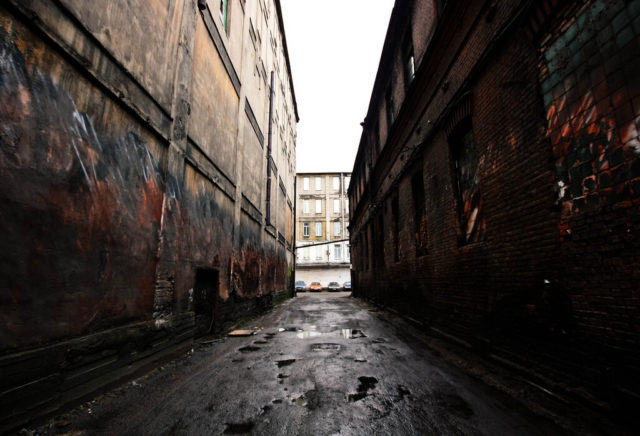
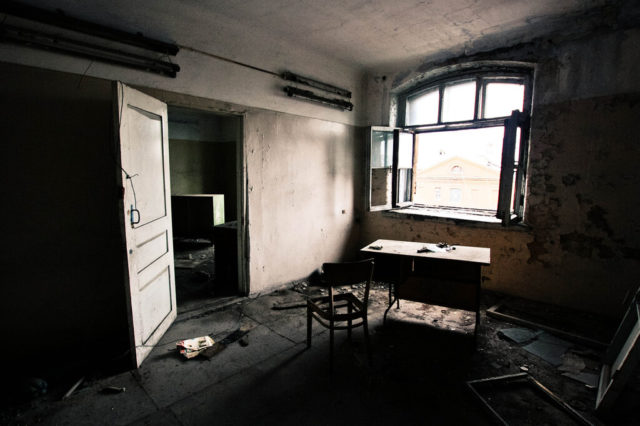
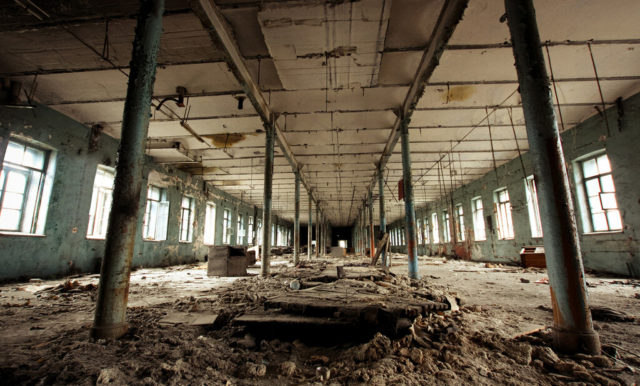
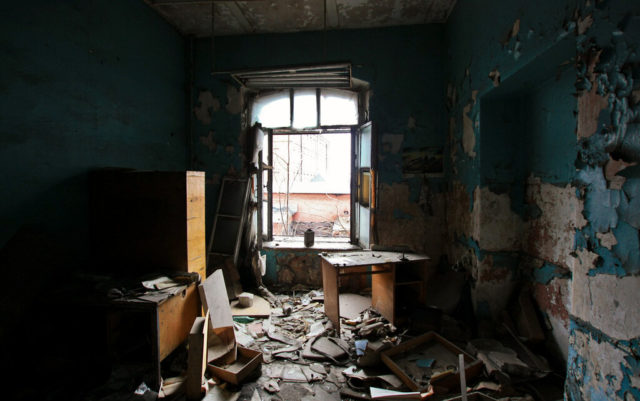
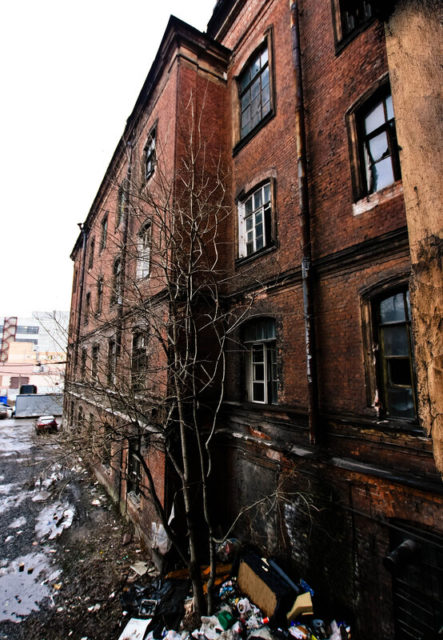
Another Article From Us: The Abandoned Blue Horizon, Boxing Venue from Rocky V
